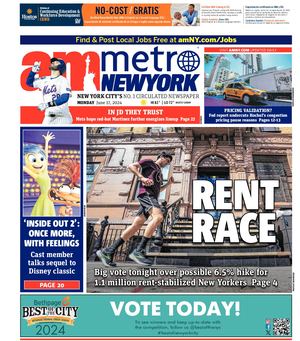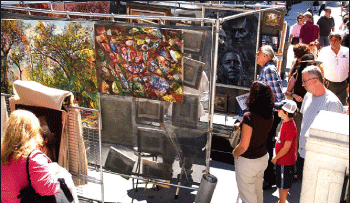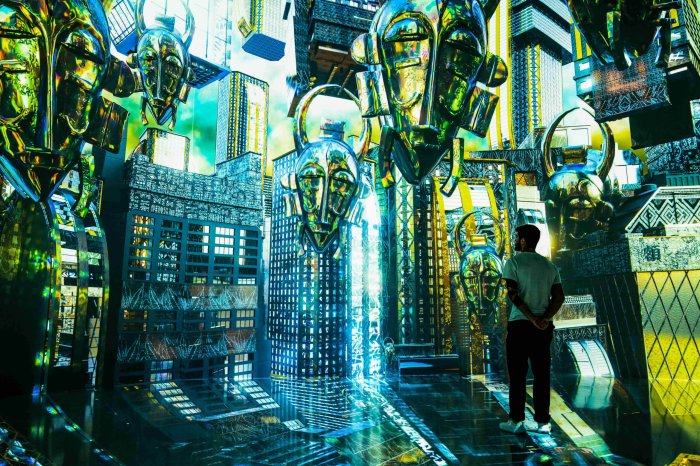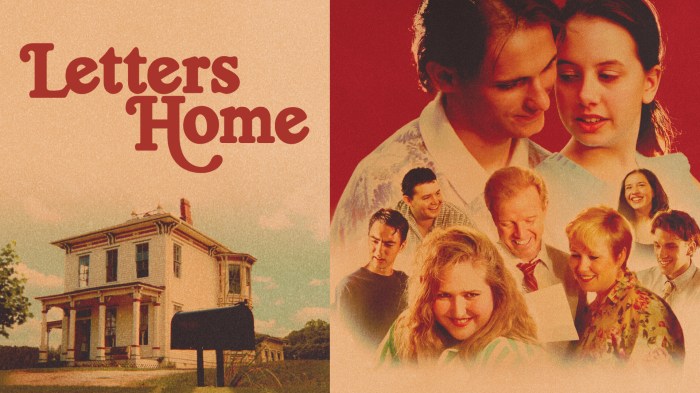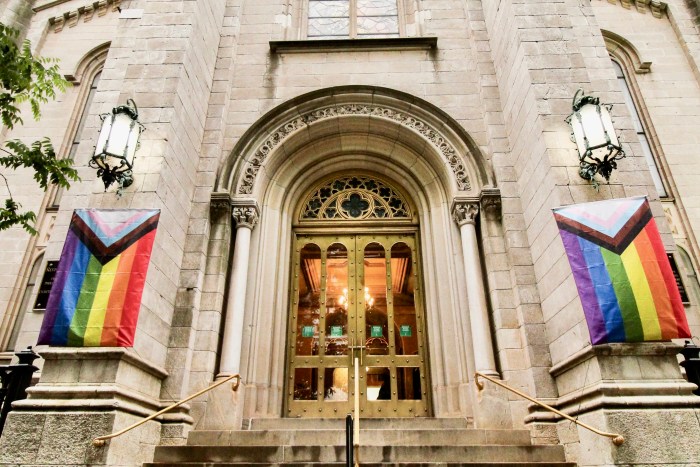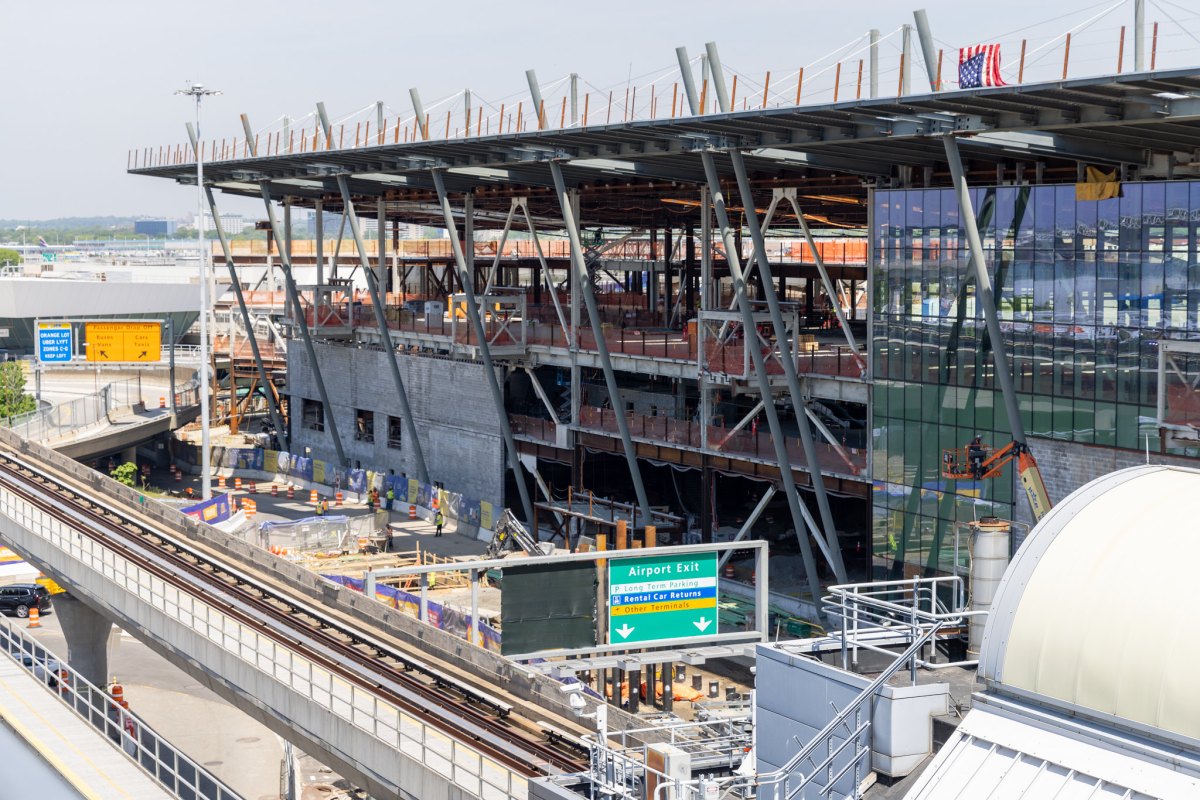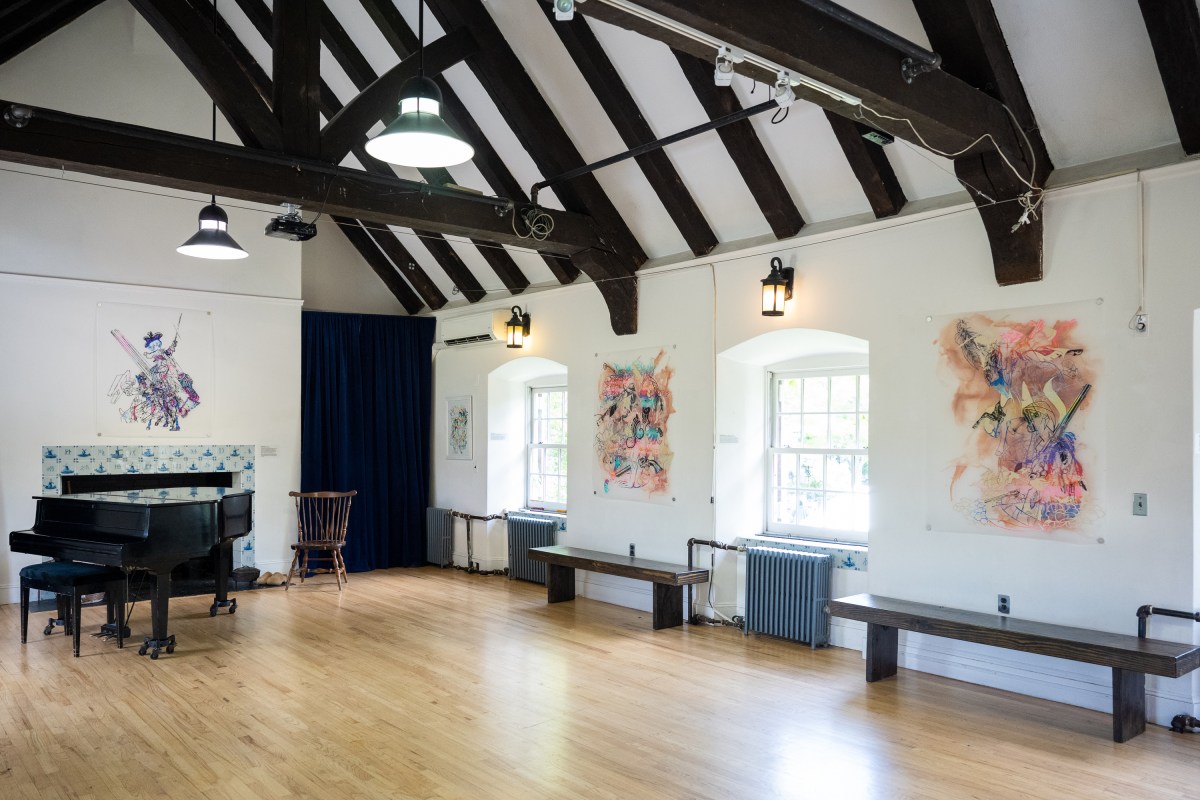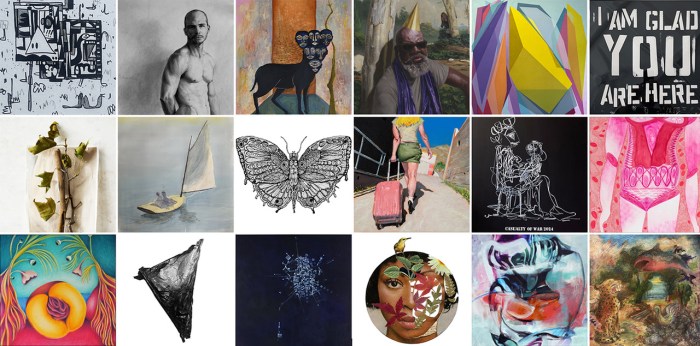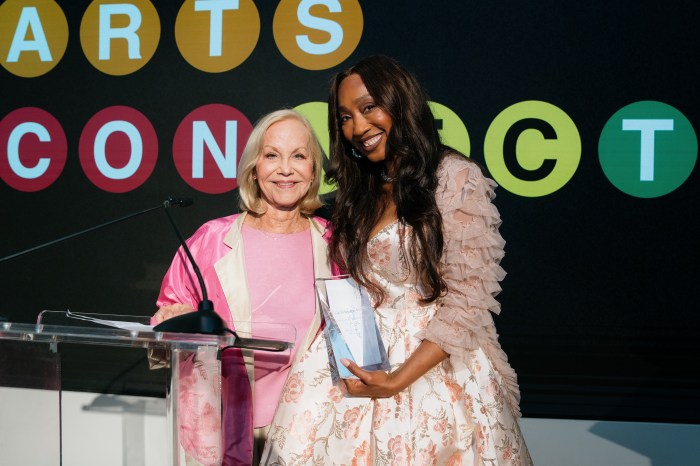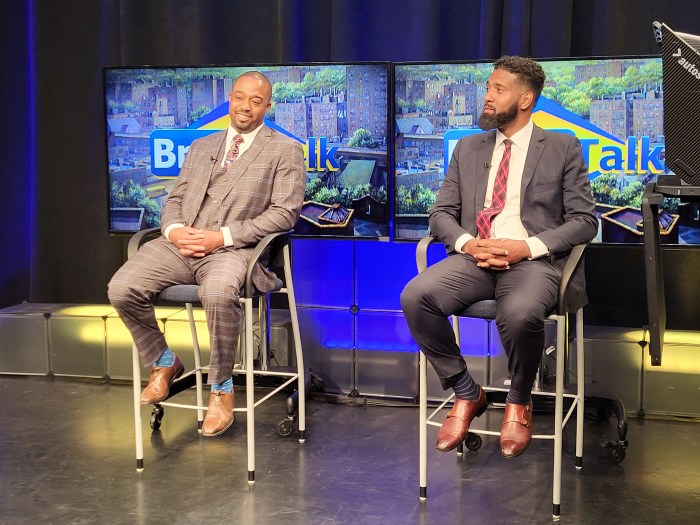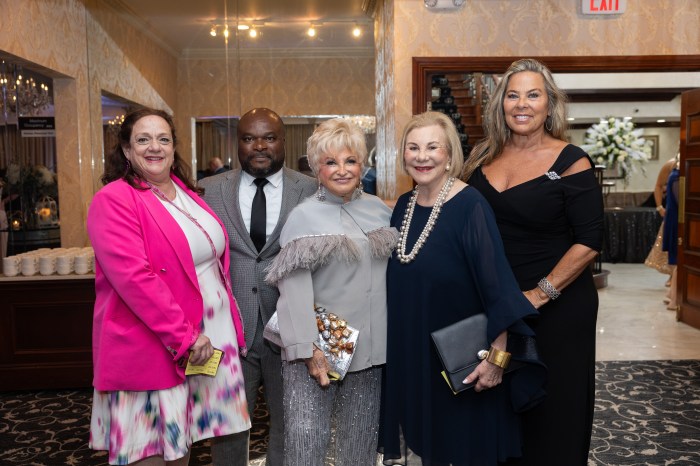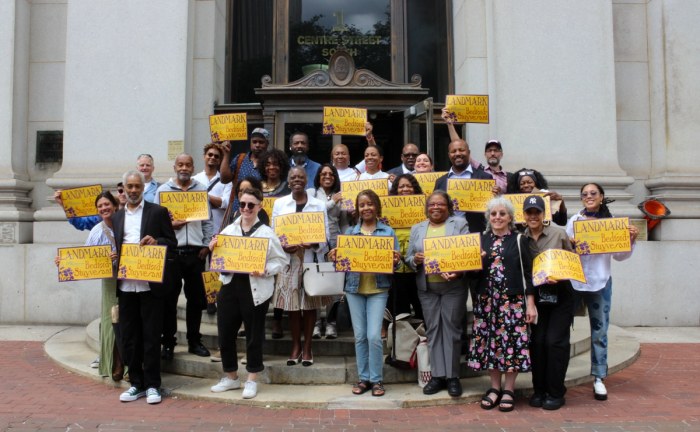By Bonnie Rosenstock
“One balmy spring day in 1931, in the heart of the Depression,” the Washington Square Outdoor Art Exhibit Web site relates, Jackson Pollock, in dire financial straits and facing imminent eviction, schlepped some of his paintings down the stairs of his Greenwich Village apartment/studio and set them up on the sidewalk near Washington Square Park. He was joined by his equally desperate friend and fellow Villager Willem de Kooning. The Uptown art establishment took notice of the Downtown outsiders, and shortly thereafter, Gertrude Vanderbilt Whitney, founder of the Whitney Museum, and Alfred H. Barr, Jr., director of the Museum of Modern Art, organized the first art show that evolved into the twice-yearly Washington Square Outdoor Art Exhibit, which takes place Memorial Day weekend and the weekend following, and Labor Day weekend and the subsequent.
This spring marks the art exhibit’s 79th year and 159th show. The new executive director, John Morehouse, who took the helm last January and has two shows under his belt, is hoping to inject an infusion of youth and vigor into the long-running outdoor exhibit.
In its 1960s heyday, 1,200 artists participated in the event; in the fall 2009 show there were 100. Morehouse explained that back in the day, there weren’t many outdoor art shows or indoor galleries, the show was open to all and had a no-censorship policy — except for what was deemed objectionable, including nudity. In the 1970s, standards were imposed; works are now juried by artists, via submission of slides or digital images — and a $20 first-time jury fee. Nudity is permissible, and the show opened up to include photography and crafts, provided each craft piece is one of a kind and handmade.
“We want our show to be quality as much as we can control it,” Morehouse said. “We consider ourselves a family show — no pornography, cruelty or disrespect of people’s religion.”
Another explanation for the decline in exhibitors, Morehouse offered, is that the art community has spread out across the country.
“Maybe in the 1930s, this is where you had to be. It’s where museums were buying. There were no other shows,” he said. “It got very strong in the ’50s to the end of the ’60s. It has had its ups and downs. We hope we’re starting to climb again.”
Formerly, most of the artists were local, primarily from Greenwich Village and across the Brooklyn Bridge. Nowadays, only about one-quarter are from the Village area. The majority come from the Eastern Seaboard and are circuit artists; that is, they make their living traveling from show to show. Because of the recession and high travel costs, their number is down. But in last fall’s show, there were about half a dozen more local artists, noted Morehouse.
In 2009, the board introduced prizes for abstract and contemporary art, replacing the catchall acrylic-and-oils category. Morehouse is also approaching art schools and shows, pleading with them to give young artists exposure. For the spring show, the Art Students League will sponsor four new artists in one booth after a competition to choose them. (Except for nonprofit teaching entities, the standard requirement is one artist/artisan per booth.) The school will pay the exhibit fee, which is $300 for the three-day Memorial Weekend and $250 for the second two-day weekend, or $425 for all five days.
“The time isn’t bad for that because the galleries are hard pressed and many are closing or cutting back,” Morehouse said. “Those that don’t have galleries will have to wait awhile to get them.”
Sharon L. Butler, who wrote a detailed history of the art exhibit for the September 2009 Brooklyn Rail and has a blog, Two Coats of Paint, participated in the most recent fall show. However, she asserted that the art shows down south and even in Des Moines, Iowa, are much more interesting than in New York.
“Here, they are outsider artists and self-taught, or have taken some classes at art centers or with private teachers, are retired and not career artists,” Butler said in a telephone interview.
“They make art that will appeal to the greatest number of people rather than pursuing their own unique vision. The guy next to me had stuff in every style. ‘You like abstract expressionism, here it is. You like still life, it’s here. Tourist pictures, got it,’ It’s gone from a place where avant-garde artists showed their work, to much more commercial artists,” explained Butler, who is an M.F.A.-trained abstract artist.
Butler observed the marked difference in aesthetics and tastes in New York and elsewhere.
“The people who go to the exhibit are naive in terms of art. It’s a tourist attraction. They want to buy pictures of the Washington Square Arch. They are different from the New York gallery-going public,” she said.
Morehouse countered that the outdoor art exhibit has a great clientele from around the world.
“Who knows what they want?” he said. “Sure, many want to buy paintings of New York City. But we have six or seven abstract artists, like Butler, Ben Georgia and Atsuko Okamoto, who won the prize for abstract art.”
Also, the show has always been very physically demanding, said East Village painter Patricia Melvin, who exhibited on and off for more than 20 years, the last time in 1992. There are no provisions for people to park, and artists have to figure out how to grab a spot where they are allocated to set up, “a nightmare,” she recalled.
“Some go out at 6 a.m. and hope to get a spot near their setup even though the show doesn’t start till noon,” Melvin noted. “And you have to set up and take down every day. It’s backbreaking.”
Morehouse stated that he would love to find a place for artists to store their work, but it would be cost prohibitive. As for parking, he said, “The police used to give out a ‘no-hit plaque,’ but not anymore because people were counterfeiting them. I have police in my family, so I have connections. I made a show ID for parking purposes and it’s worked. In the last two shows the only tickets were to people who foolishly parked in the middle of bus stops or obstructed a fire hydrant,” he noted.
Members of the exhibit’s board of directors, mostly Villagers who are nonartists, contribute money for the prizes; at one time, the show was wealthy and had many sponsors, but that has mostly dried up. When people complain to him about the high exhibit fees, Morehouse responds, “When this show was $25, gasoline was 25 cents.”
A retired textile executive, Morehouse is the event’s only paid employee, and he works part time. He is also chairperson of the Salmagundi Library at the historic Salmagundi Club, at 47 Fifth Ave. at Ninth St., a longtime sponsor of the exhibit, where the art is juried and where this interview took place. He explained that the show’s expenses are almost $20,000 annually, which covers advertising, publicity, promotion and free program guides. The organization pays 20 percent of the gross booth fees to the city, half in advance and the balance after. In addition, they pay several thousand dollars to New York University for liability insurance, “and they keep asking for more,” noted Morehouse.
Even though the city owns the sidewalks, N.Y.U. is responsible for everything that happens in front of their buildings: for example, if an onlooker trips on the sidewalk, or a tent collapses on someone.
“N.Y.U. was more lovable in those years when they were struggling, but over all, I would say we are in harmony with them,” Morehouse said.
Butler claimed that the artists in the fall show were disappointed with the sales.
“They put out so much money and people who come to the exhibit don’t want to spend much,” she noted.
But Morehouse stated that a strong nucleus of artists come back year after year and wouldn’t return if it weren’t lucrative.
“The last show garnered a lot of compliments,” he said. “The show has to remain enjoyable. We don’t want it to look like Union Square.
“We hope to do better publicity, fundraising for prizes, merchandizing and make our exhibitors happy,” Morehouse said. “We’re not creating a revolution here. The core of it should stay the same. It’s a tradition, which we want to keep going.”
The Washington Square Outdoor Art Exhibit, Memorial Day weekend, May 29-31, and June 5-6, 2010; University Place, from E. 10th St. south along the east side of Washington Square Park to W. Third St., noon to 6 p.m. daily. For more information, visit the Web site www.wsoae.org or call 212-982-6255.
